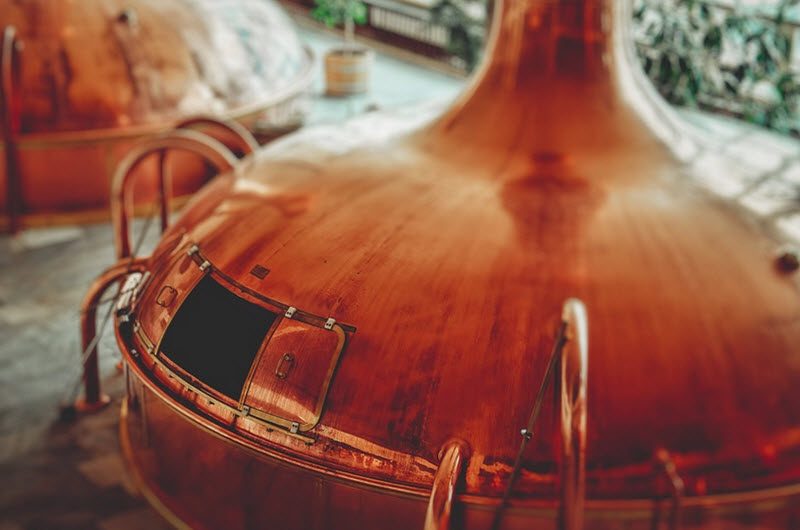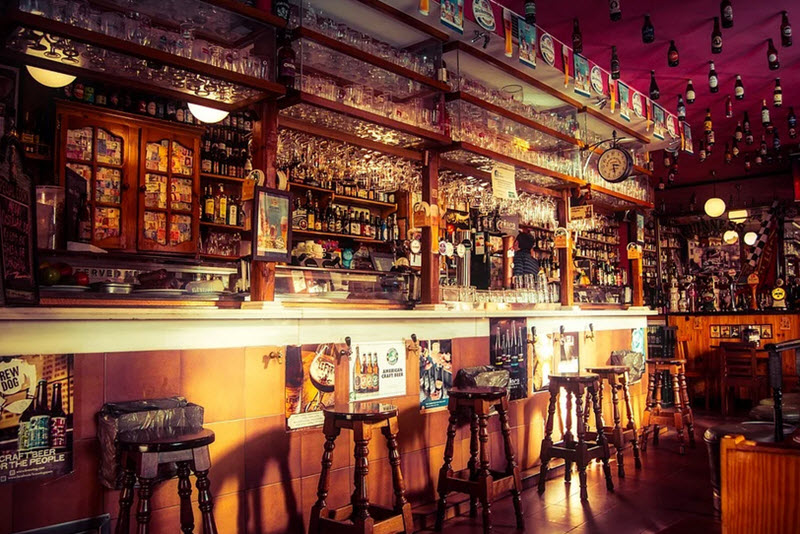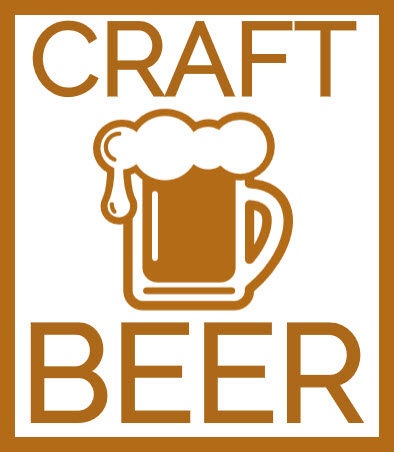A microbrewery or craft brewery is an independently owned brewery that produces small amounts of beer – much less than the vast amounts created by large-scale corporate breweries.

Typically, craft breweries distinguish themselves by focusing on high-quality beer, unusual, old-fashioned or experimental flavours, and small-scale brewing techniques. The typical craft beer brewer has a strong interest in the traditional craft of brewing, but this interest is coupled with a willingness to experiment and include modern techniques and solutions when deemed appropriate.
The craft beer movement began to gain traction in the 1970s as a reaction to the large-scale middle-of-the-road corporate beer producers that had come to dominate the beer market in the 20th century. The renewed interest in craft beer also coincided with a budding interest in traditional artisanal techniques in food and drink production, such as traditional bread making, growing heirloom vegetables, etc.
Exceptionally small microbreweries are sometimes referred to as nano-breweries. Nano- breweries are typically run by just one or two people and each batch of beer is very small. The term nano-brewery is handy to have around since there are plenty of examples of fairly large breweries that are referred to as microbreweries in everyday speech because they produce craft beer and market themselves as craft beer companies. There are for instance microbreweries in the United States that produce up towards 15,000 U.S. Beer barrels (appr. 1.8 million litres) of beer annually.
Craft beer in the United Kingdom
A variety of small breweries and brewpubs that focused on traditional cask ale formed in 1970’s UK. They existed independently of major brewers and pub chains – something which was quite difficult at the time. When Martin Sykes founded his Selby Brewery in 1972, no independent brewing company had been formed in the UK for half a century.
Today, the situation is very different, and there are plenty of microbreweries and nano-breweries to chose among when buying craft beer in the UK. There is also a wide range of brewpubs here – some specializing in ale and others leaning more toward wheat beer or continental lagers.
Several craft beer subscription clubs exist in the UK, allowing members to regularly try out various craft beers and hopefully discover new favourites.
Background
The United Kingdom has a long tradition of alewives – women who brewed beer and sold it themselves, directly to the consumer. An alewife would make a batch of beer, and when it was ready to drink, she would put out a sign – such as an ale-wand or hop-pole – to let bypassers know that she had beer for sale. There were also plenty of taverns and inns where women brew beer for consumption on the premises.

During the later medieval period, men gradually began involving themselves in beer making and organising guilds – similar to the guilds formed by other craftsmen. The famous Brewers Guild was established in London in 1342 while the Edinburgh Society of Brewers dates back to 1598.
Eventually, many taverns and inns stopped brewing their own beer, opting to instead buy it from brewers belonging to a guild. During the 20th century, most of the remaining brewpubs – pubs that brew their beer on the premises – were acquired by the large-scale corporate breweries and started selling mass-produced beer instead. By the mid-1970s, only four brewpubs remained: The Old Swan in Netherton, West Midlands, The All Nations in Madeley, Shropshire, The Three Tuns in Bishop’s Castle, Shropshire, and The Blue Anchor in Helston, Cornwall. Of these four, Blue Anchor was the oldest – dating back to 1400.
This scarcity of brewpubs created a counter-reaction in the 1970s, where beer aficionados started to turn their back on the mass-produced beer and sought after something more old-fashioned and traditional – the kind of beer their elders would have been able to find at any local pub. To support traditional brewing methods, the Campaign for Real Ale (CAMRA) was launched.
Just a few examples of craft beer producers around the world
- Põhjala pruulikoda, in Estonia. This is the largest craft brewery in the Baltic states.
- Svalbard Bryggery, in Norway. This is the northernmost craft beer producer in the world.
- Wermlands Brygghus, in Sweden
- The Boston Beer Company, in the USA. Makes the Samuel Adams beer, which is named after the U.S. Founding Father Samuel Adams.
- D.G. Yuengling & Son, in the USA. Established in 1829, Yuengling is the oldest still operating brewing company in the U.S.
- The Great Leap Brewing Company, in China. Famous for including traditional Chinese ingredients in their brewing process
- Shanghai Brewery, in China
- Mikkeller, in Denmark (also present in Thailand)
- BiaCraft, in Vietnam
- Kingdom Breweries, in Cambodia. This is one of the largest craft brewery companies in South-East Asia, and it is a production hub for over 30 craft brewers based in nearby countries.
Craft beer in Ireland
Craft beer in Ireland has boomed over the past decade, turning the country into a vibrant scene for beer lovers. Known historically for its stouts (think Guinness!), Ireland’s craft brewers have expanded into a wide range of styles—from IPAs and pale ales to porters and sours. Breweries like Galway Bay Brewery, White Hag, and Eight Degrees Brewing are some standouts, each putting a unique Irish twist on traditional beer-making.
You’ll find craft breweries dotted all over Ireland, from the rugged landscapes of Donegal to the urban pubs of Dublin and Cork. The emphasis is often on locally sourced ingredients—malted barley, Irish-grown hops, and even unique herbs and botanicals. Craft beer festivals, such as the Irish Craft Beer Festival in Dublin, showcase these inventive brews, making Ireland a perfect destination for craft beer enthusiasts.
